Imensos são os sinais de que a indústria de energia eólica está crescendo, e está rapidamente a passar de um mercado emergente para uma indústria madura e estabelecida.
E esta pesquisa que é efectuada anualmente pela WindPower Monthly, que pretende identificar os 30 melhores líderes da indústria de energia eólica é extremamente reveladora do actual processo que percorre a indústria da energia eólica.
Veja, por exemplo, na recém-chegados Felix Ferlemann (14º) e Ignacio Martin (25º) – ambos deixaram cargos seniores na indústria dos automóveis para se recolocarem nos cargos de grandes fabricantes de aerogeradores (Siemens e Gamesa, respectivamente) no ano passado.
Vários outros executivos-chave, recentemente, também fizeram a troca para a indústria dos aerogeradores, movimentos que são simbólicos em muitos níveis.
Que as empresas de energia eólica possam competir com empresas de fabrico de automóveis no nível de atrair CEOs de topo mostra o quão longe e importante este mercado é realmente, e esta mudança aponta para um provável declínio da indústria automóvel.
O confronto da tecnologia do futuro contra a tecnologia do passado. Ao mesmo tempo, o desejo de fabricantes de aerogeradores em atrair executivos da indústria automóvel mostra que a produção chegou a uma idade onde os aerogeradores são produzidos em massa para um mercado global e que neste ponto a redução de custos é um factor imperativo.
Esta necessidade de melhoria dos processos produtivos foi impulsionado pela mudança do clima político em todo o mundo, onde os governos já não podem pagar tarifas feed-in tão generosas para apoiar a energia eólica.
Enquanto e apesar de todos os esforços que estão sendo feitos pelos fabricantes para reduzir o custo da energia elétrica produzida pelos aerogeradores.
Muitos dos engenheiros que conceberam os actuais aerogeradores consideram que as melhorias na eficiência de produção e obtenção da energia elétrica a partir da energia eólica está longe de terminar.
Em consequência, esta lista também inclui os lobistas e os políticos que têm como tarefa principal combater o abate de subsídio e regalias aos produtores de energia eólica.
O top cinco mostra uma mistura interessante, com um CEO slluging com um expert em tecnologia. O CEO venceu no final, apesar de liderar uma empresa atualmente em crise profunda.
Como o mercado de energia eólica é global, o restante artigo será publicado na língua global “Inglês”.
Lista das 30 pessoas mais influentes no mercado da Energia Eólica – 2012
30. ALFONSO FAUBEL – Alstom Wind vice president
Faubel has led Alstom’s successful bid, together with utility EDF, for three of the four French offshore area tenders, and the development of the 6MW Haliade direct-drive turbine, designed by Pep Prats (22) and his team.
29. OYSTEIN LOSETH – Vattenfall CEO
Swedish utility Vattenfall has positioned itself as one of Europe’s top developers of offshore wind. Løseth has upset US magnate Donald Trump — Vattenfall is leading a consortium building a 100MW project in waters near Trump’s planned Scottish golf course.
28. JEROME GUILLET – Green Giraffe Energy Bankers managing director
A former Dexia head of energy with 15 years’ experience in project financing, Paris-based Guillet is behind many of Europe’s large-scale offshore-wind financing deals.
27. PETER TERIUM – RWE CEO
Terium became boss of the German utility in August. Even before taking up the post, he said that under his watch RWE would have nothing more to do with nuclear power, and he would focus on conventional power and renewables.
26. ANDREW GARRAD – GL Garrad Hassan CEO
Garrad is probably the world’s best-known wind-energy consultant. This British engineer leads a global firm offering services from engineering to certification.
25. IGNACIO MARTIN – Gamesa executive chairman
Another top executive to join the wind industry from the automotive component sector, former CIE Automotive executive vice-president Martin replaced Jorge Calvet as boss of the world’s fourth largest turbine manufacturer in May.
24. ARMANDO PIMENTEL – NextEra Energy Resources CEO
Pimentel was appointed CEO of the generation division of US utility NextEra in May 2011, inheriting the country’s largest single portfolio of wind projects. An accountant by training, Pimentel previously worked for management consultants Deloitte & Touche.
23. TULSI TANTI – Suzlon chairman
A trained mechanical engineer, Tanti founded India’s major wind-turbine maker in 1995. The firm has struggled to be profitable over the past year due to its cripplingly-high level of corporate debt amid a cooling Asian market.
22. PEP PRATS – Alstom VP innovation and reliability
Prats was a founder of Spanish turbine maker Ecotecnia, which Alstom bought in 2007. He is recognised for his turbine designs, including Alstom’s 6MW Haliade 150 turbine.
21. STEVE SAWYER – GWEC secretary general
Former Greenpeace boss Sawyer joined the Global Wind Energy Council (GWEC) as its first secretary general in 2007. Under his leadership, GWEC now represents the major wind energy associations as well as the top companies involved in the global wind sector.
20. MATTHIAS SCHUBERT – Repower chief technology officer
Former Aerodyn engineer Schubert joined German manufacturer Repower in 2001. He developed the 5MW turbine from 2002-2004 and the upscaled 6MW machine is now one of the world’s largest offshore turbines.
19. ANDREAS UFER – KfW-IPEX Bank global head of power, renewables and water
Through direct loans and credit guarantees, Ufer’s team is one of the largest financiers of wind in Europe. Ufer’s division has a portfolio of more than €10 billion.
18. ALISON NIMMO – UK Crown Estate CEO
A chartered surveyor and town planner, Nimmo joined the Crown Estate in January after five years at London’s Olympic Park. She is now in charge at the landlord of all the UK’s major offshore wind sites as this relatively young sector gears up for huge expansion.
17. VIC ABATE – GE vice-president for renewables
A US businessman with a technical background, Abate has focused on increasing turbine reliability and riding the high-growth global renewables market. But the US firm’s market share has dropped from 9.6% to 8.8% over the past year, according to BTM Consult.
16. STEPHEN CHU – US energy secretary
Physicist Chu is tasked with helping implement President Obama’s plan to invest in clean energy and create millions of new jobs. Chu’s success in delivering green growth will be a key factor in the November presidential elections.
15. RICK NEEDHAM – Google energy & sustainability team director
An aerospace engineer with a Harvard MBA, Needham has led the US internet firm’s foray into renewable energy, including an offshore transmission backbone for the US Atlantic coast known as the Atlantic Wind Connection.
14. FELIX FERLEMANN – Siemens Wind Power CEO
Siemens announced Ferlemann’s appointment in September 2011. The former head of chassis division at supplier Benteler Automotive is one of a number of key automotive executives joining the wind sector as manufacturers seek to industrialise their processes.
13. CHRISTOPHER KNOWLES – European Investment Bank head of energy
Christopher Knowles is head of the European Investment Bank’s climate change division. Knowles’ team has been instrumental in supplying much needed capital to wind project financings in the years since the 2008 collapse of Lehman Brothers bank.
The EIB’s lending to renewables projects peaked in 2010 at €6.6 billion, before dropping to €5.5 billion last year, 31% of which went to wind. Knowles says the EIB is in the process of a managed retreat from the 2010 lending spike, before returning to a pre-financial crisis rate of slow and steady growth in lending.
While the EIB is willing to give 15-year loans, says Knowles, few commercial banks will now lend beyond eight years. The EIB is looking at ways to encourage other institutions, such as pension funds, to invest long term in renewables.
Institutional investors such as pension funds rarely take construction risk and will not buy bonds below an investment-grade credit rating of BBB-, something few renewables projects can achieve. The EIB is looking at ways of taking the risky part of an investment, encouraging new investors to the sector to take the safer part that can be rated as investment grade.
12. CONNIE HEDEGAARD – EU commissioner for climate change
Former Danish environment minister Hedegaard has been based in Brussels as the European Commissioner for climate change since 2010. Her good understanding of how the wind market works from her time in Danish politics makes her a vital ally at the heart of the European Union.
11. TORBEN MOGER PEDERSEN – PensionDanmark CEO
PensionDanmark CEO Torben Möger Pedersen, number 11 in our list, led both this move and the joint investment with fellow Danish pension fund PKA in 2011 in a 50% stake in Dong Energy’s 400MW Aanholt wind farm currently under construction in Danish waters.
Pedersen says the simple economics of low interest rates, volatile equities markets and the high fees of private equities funds drove his firm to look at direct investment, and wind was a natural choice for long term investment.
“Denmark has been a frontrunner in wind energy, with probably the most competent players in the European offshore industry,” Pedersen says. “We expect to use our experiences with our initial investments in Danish offshore wind farms to invest in other energy-related infrastructure projects in Europe and North America.”.
10. HENRIK POULSEN
Dong Energy CEO Poulsen took over the reins at Danish energy company Dong in August, joining from his role as CEO of Denmark’s largest telecoms company, TDC. In his new role, Poulsen is leading the company that is working out some of the more innovative ways to finance offshore wind projects.
9. DENISE BODE – AWEA CEO
Bode is at the helm of the US trade body in what is politically perhaps the most important year for the world’s second-largest wind market. Renewal or otherwise of the production tax credit will have a global impact. Bode and her organisation are at the heart of lobbying for the industry.
8. CHRISTIAN KJAER – EWEA CEO
Political lobbyist Kjaer worked for Denmark’s wind industry association before joining the European Wind Energy Association (EWEA) in 2003 as policy director. He became CEO in 2006. He gave notice this year that he would be leaving the organisation in March 2013 for an undisclosed destination.
Looking back on his time at EWEA, Kjaer says that wind energy was only emerging on the radars of politicians ten years ago and that it has grown up over the past decade. “It’s a much more global industry and much more mature — it’s starting to look like car manufacturing,” he adds. “You used to have the odd conglomerate, for example GE, with an interest in the sector, and today almost all major players in energy are involved in wind.”
But wind’s phenomenal growth over the past decade, Kjaer adds, means that one of the biggest challenges facing his successor will be campaigning for the upgrade and European integration of grid infrastructure.
His plea to the industry is to avoid descending into protectionist practices such as Brazil’s local content requirement and the US tower import tax when times get tough.”We need to keep trade in technology open and remove those barriers to trade,” he says. “If you don’t have free trade you can’t get the cost down, and I would argue our main competitor in Europe is not Chinese or South Korean turbine manufacturers, but other forms of power generation.”
7. ALOYS WOBBEN – Enercon founder and managing director
This year Wobben set up a trust to run the German business, to protect it against takeover and guarantee that it will remain an independent company after he steps down. Enercon managed to slightly increase its market share last year as the world’s fifth largest turbine manufacturer.
6. IGNACIO GALAN – Iberdrola CEO and chairman
The past 12 months has seen Galan’s Spanish company lose its crown as the world’s top wind developer — held since 2006 — to Longyuan. Its loss of dominance comes as its core Iberian markets grind to a halt as a result of the European sovereign debt crisis.
5. SONKE SIEGRIEDSEN – Aerodyn founder and managing director
The German engineering firm achieved a major PR coup this year when Ming Yang said its business was dependant on Aerodyn designs. It has developed turbines from 20kW to 5MW, 200 to 300 towers and various rotor blades.
4. WU GANG – Goldwind CEO
Goldwind this year jumped up to become the world’s second largest wind turbine maker after Vestas. A veteran engineer, Wu has overseen the firm’s rapid growth that has seen it become China’s top turbine exporter.
3. XIE CHANGJUN – Longyuan president
Xie this year oversaw China’s Longyuan overtake Iberdrola as the world’s largest wind developer. A trained engineer and long-serving employee of parent company Guodian Group, Xie has made Longyuan the top wind-power owner in China and built its international ambitions.
2. HENRIK STIESDAL – Siemens chief technology officer
Described as a “wind pioneer and visionary” by Windpower Monthly’s technology consultant, Eize de Vries, Stiesdal has risen from tenth place last year to second thanks to his popularity in our readers’ poll.
Siemens is looking to extend its run as the world’s number-one offshore turbine supplier with this year’s launch of the 6MW direct-drive offshore turbine. The SWT-6.0-120 is on schedule to go into full-scale production by 2013. This innovation secured the German firm the first major contract for a next-generation turbine in a €2.9 billion deal with Dong Energy in July.
Stiesdal built his first small wind turbine in 1976. He worked as a consultant to Vestas until 1986, when he joined Bonus Energy, which would later become Siemens Wind Power.
Stiesdal’s achievements at Siemens include working on the first marinisation of turbines for offshore; developing direct-drive technology; and the development of Siemens’ unique IntegralBlade manufacturing technology, where blades are cast in one piece. It is the latter of which Stiesdal is most proud. “Before we did this, the only way to cast the blade as a single piece was to use an inner mould, but that was then too big to get out of the blade,” he says.
The focus now for the wind industry needs to be on reducing the overall cost of wind energy, Stiesdal says. This will most likely come from a relentless drive towards simplification.
1. DITLEV ENGEL – Vestas CEO
There is no way of sugar-coating it: 2012 has been an “annus horribillis” for Engel, and one of the worst ever for Vestas. It will have cut 3,700 staff by the end of the year — more than 16% of its global workforce — and it has lost several board members, including chairman Bent Carlsen. There have been problems with its V90 3MW gearboxes, and it has had to push back the launch of its V164 7MW offshore turbine by a year to 2014.
Why then is the man running a business seemingly lurching from one crisis to another heading our list of the wind industry’s top leaders? Because, despite all Vestas’ problems over the past year, it is still the world’s largest turbine manufacturer, and Engel wields the kind of power and influence that many of his rivals can only dream of.
Vestas CEO since 2005, Engel may yet play a significant role in the drawn-out debate over the extension of the US production tax credit (PTC) and even the US presidential election.
When speaking to Windpower Monthly about Vestas’ 1,400 job cuts in August, Engel said these did not include potential US job losses. He will make a decision following November’s election, but has previously warned that up to 1,600 of Vestas’ 2,000 US employees could go if the PTC is discontinued.
This would mean more than 5% of the 30,000 wind manufacturing jobs in the US, and in an election likely to hinge on economy and jobs, such threats carry weight.

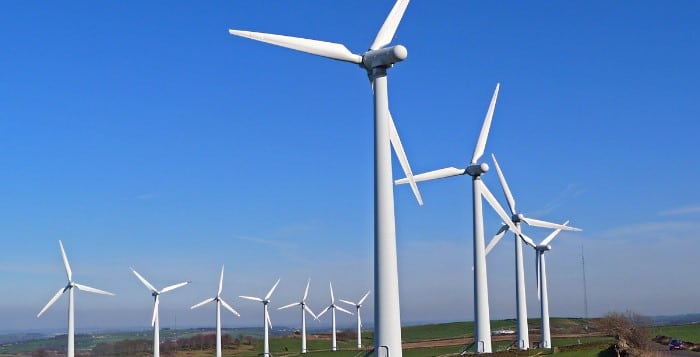
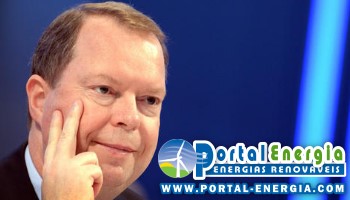
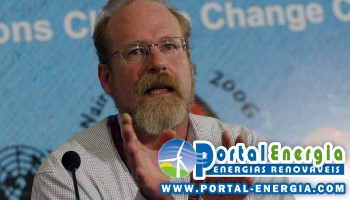
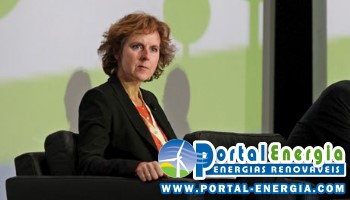
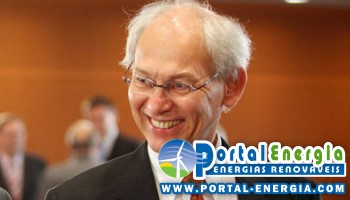
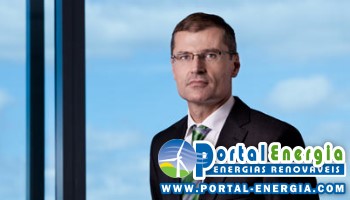
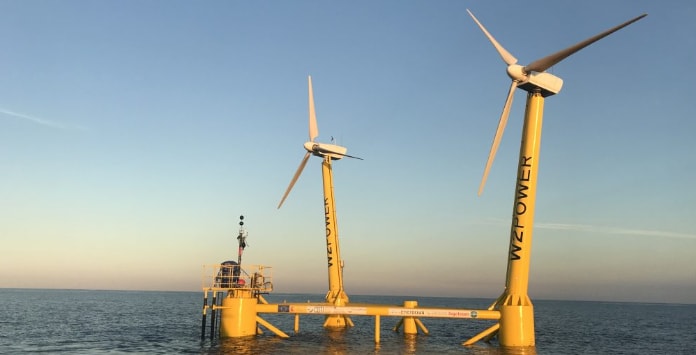
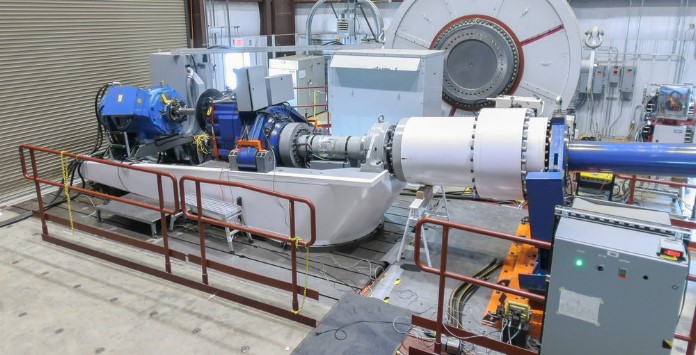
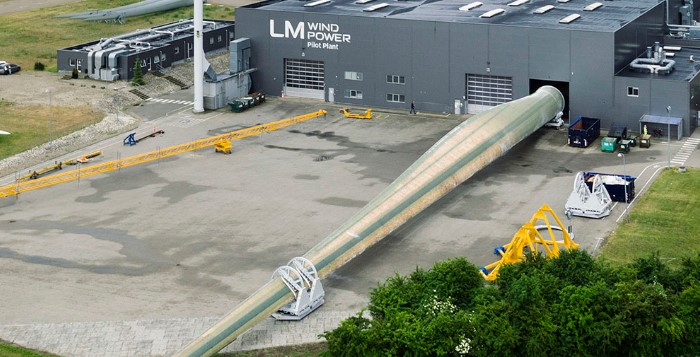
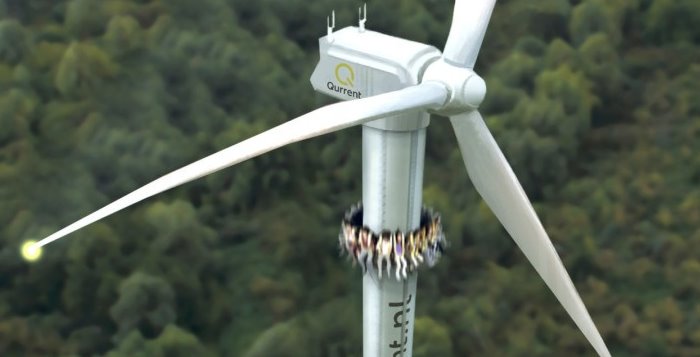
estou a 2 anos no ramo de heólica adoro meu trabalho ,e espero obter cada vez mais aprendizado e reconhecimento